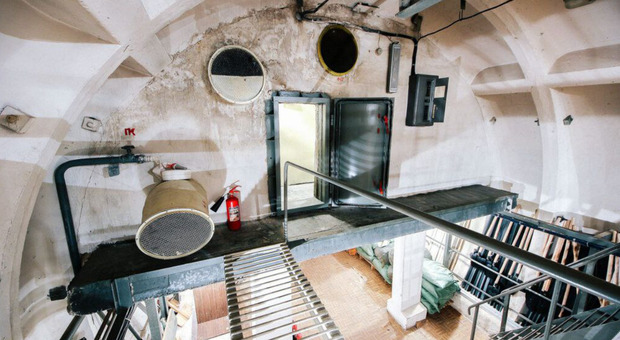OFFERTA SPECIALE
OFFERTA SPECIALE
Tutto il sito - Mese
6,99€ 1 € al mese x 12 mesi
oppure
1€ al mese per 6 mesi
Tutto il sito - Anno
79,99€ 9,99 € per 1 anno
Bunkers and defensive systems at the borders with Russia and Belarus to counter a possible offensive by Moscow's forces. The Defense Ministers of the Baltic countries Estonia, Latvia and Lithuania have today approved the construction project of defensive installations: the Riga agreement aims to deter and, if necessary, defend against military threats.
"Building defensive installations is a carefully considered and weighed project, the need for which stems from the current security situation. Russia's war in Ukraine has shown that, in addition to equipment, ammunition, and manpower, physical defenses are also necessary. Like these installations at the border to defend Estonia", stated Hanno Pevkur, Estonian Defense Minister. The purpose of the defense installations is "to prevent a military conflict in our region. We are making this effort so that the Estonian people can feel safe, but if the slightest risk emerged, we would be ready for various developments more quickly", Pevkur added.
The concept of defensive installations is based on the decisions made at the NATO summit in Madrid, which emphasized that allies must be ready to defend the territory from the first meter and that new regional defense plans must be developed, according to the official note released by the ministries. The concept combines prevention and security measures on the field. "The elements on the ground support the units in defense to stop, if necessary, the aggressor's troops. The elements are positioned in the landscape, taking into account the results of the enemy's intentions analysis, the environment, and the defense plan. The Baltic countries represent an area of operations and therefore the defense installations will be built in coordination with Latvia and Lithuania".
On the border with Estonia, no explosives, barbed wire, or other obstacles are positioned. Instead, a network of bunkers (about 600, made of concrete, which will protect the military from enemy fire and missile fragments), support points, and distribution lines are being created. The construction process is carried out in collaboration with local communities and with the agreement of the landowners.
"The Defense Ministers - it reads - have also signed a letter of intent for the HIMARS multiple rocket launchers, with the aim of creating a framework for the joint use of the system both in peacetime and in wartime. The defense ministers of Estonia and Latvia have also signed a cooperation agreement to conduct NATO air policing from the Latvian air base of Lielvarde while the runway of the Amari air base is under repair.
Read the full article onIl Messaggero
